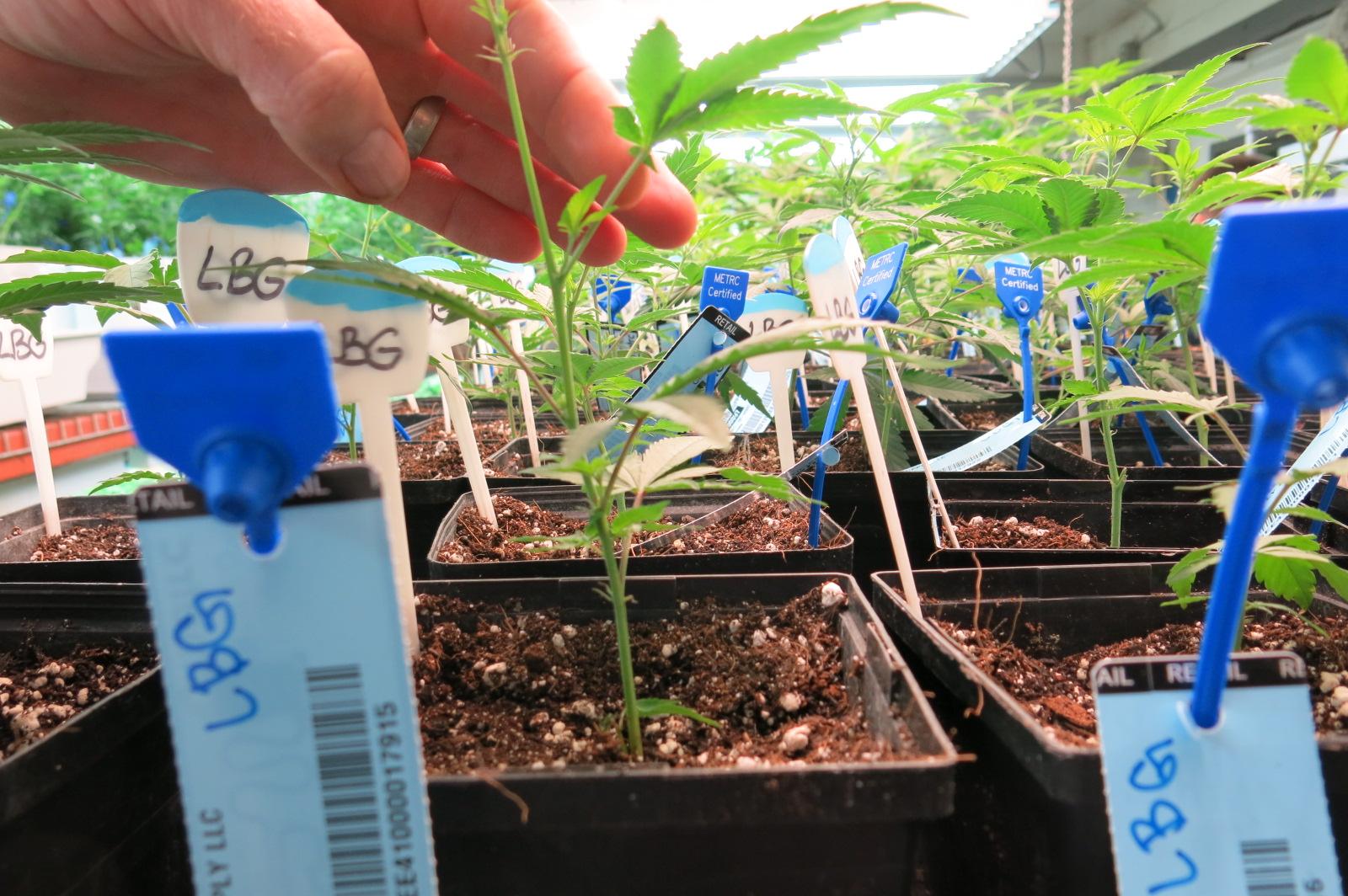
Electricity use by Denver’s marijuana industry dropped 8 percent last year.
The shift was most pronounced among the city’s marijuana grows, which operate lamps and HVAC systems around the clock to grow plants indoors.
“It’s a really significant drop that we’re excited to see,” said Emily Backus, business sustainability advisor with the Denver Department of Public Health and Environment.
The change marks the first time that the industry reduced power demand since Denver began tracking it in 2013. Overall in 2018, marijuana businesses represented 3.9 percent of the city’s power use.
Power use by indoor marijuana grows represents a growing problem for states like Colorado that want to reduce climate-change causing greenhouse gases. A 2018 report by New Frontier Data forecasts that energy consumption by legal U.S. cannabis grows could jump 162 percent by 2022.
For Colorado Harvest Company CEO Tim Cullen, a move from traditional fluorescent lights to LEDs for the vegetative phase of the growing process was one way to save a little cash. But he said savings weren’t too significant. Cullen still reports spending more than $10,000 on one of his two growing operations.
After years of marijuana shops growing their own pot because of vertical integration requirements, Cullen said some places are beginning to specialize in just growing or retailing marijuana as laws change.
“Maybe what you’re seeing is a culling of the herd,” Cullen said. “More efficient operators are still around and continuing to make improvements and running more efficiently. Less efficient operators are not in existence any more.”
The number of licensed marijuana grow operations in Denver did decrease between 2017 and 2018 from 300 to 276.
Officials aren’t exactly sure why electricity demand started to wane in Denver, Backus said. It could be signs of a maturing industry. As the city looks to reducing greenhouse gases 80 percent by 2050 it’s reaching out to different businesses including the marijuana industry. It started a Cannabis Sustainability Work Group in 2016 that does regular stakeholder engagement.
“My hope is that it's because producers in the industry are learning about new technologies they can implement and practices — some of this is behavioral — to be more energy efficient,” Backus said.









